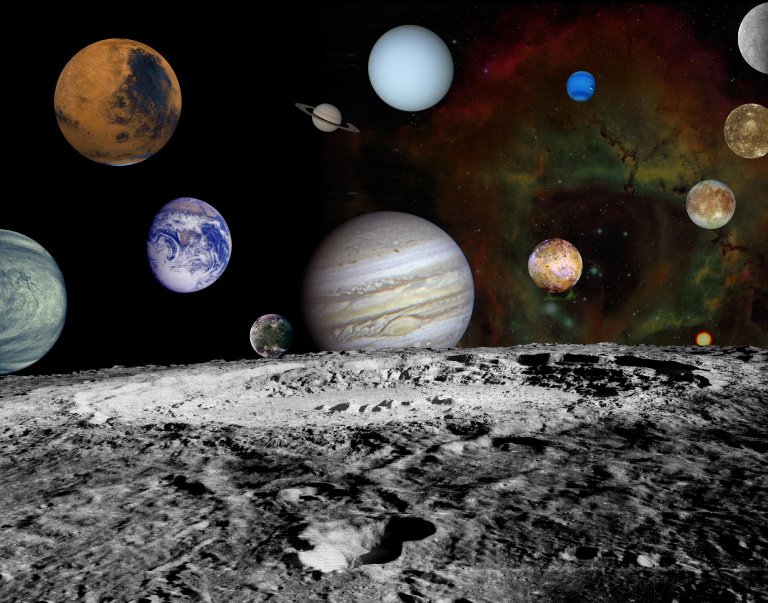Space Station Info : : Space asteroids :: Asteroids in the Solar System
Asteroids in the Solar System
Hundreds of thousands of asteroids have been discovered within the solar system. As of October 19, 2005, from a total of 299,733 minor planets with calculated orbits, 118,161 asteroids had been calculated well enough to be given official numbers and 12,712 of these had been officially given trivial names to go along with the numbers (at least 610 of which have names requiring diacritics). The lowest-numbered but unnamed minor planet is (3360) 1981 VA; the highest-numbered named minor planet is 99942 Apophis.

The Minor Planet Circular (MPC) of October 19, 2005 was a historical one, as it saw numbered asteroids jump from 99947 to 118161, causing a small "Y2k" like crisis for various automated data services —up until then, only five digits were allowed in most data formats for the asteroid number. (This was solved in some data fields by having the leftmost digit, the ten-thousand places, use the alphabet as a digit extension. A=10, B=11… Z=35, a=36… z=61. The highest number 118161 thus is cross-referenced as B8161 on some lists.)
Current estimates put the total number of asteroids in the solar system at several million. The largest asteroid in the inner solar system is 1 Ceres, with a diameter of 900-1000 km. Two other large inner solar system belt asteroids are 2 Pallas and 4 Vesta; both have diameters of ~500 km. Vesta is the only main belt asteroid that is sometimes visible to the naked eye .The mass of all the asteroids of the Main Belt is estimated to be about 2.3x1021 kg, or about 3% of the mass of our moon. Of this, 1 Ceres comprises 940 to 950x1018 kg, some 40% of the total. Adding in the next three most massive asteroids, 4 Vesta (12%), 2 Pallas (9%), and 10 Hygiea (4%), bring this figure up 66%; while the three after that, 511 Davida (1.6%), 704 Interamnia (1.4%), and 3 Juno (1.2%), only add another 4% to the total mass. The number of asteroids then increases exponentially as their individual masses decrease.
